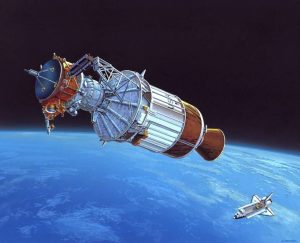- This topic is empty.
-
AuthorPosts
-
09/04/2024 at 11:14 #2009
In the realm of transportation, the debate over the efficiency of planes versus trains has long been a topic of discussion. Both modes of travel offer unique advantages and disadvantages, making it essential to delve deeper into the factors that determine their efficiency. This forum post aims to provide a comprehensive analysis of the efficiency comparison between planes and trains, considering various aspects such as energy consumption, environmental impact, speed, capacity, and accessibility.
1. Energy Consumption:
When it comes to energy consumption, trains have a clear advantage over planes. Trains utilize electric power, which can be generated from renewable sources, resulting in lower carbon emissions. On the other hand, planes rely heavily on fossil fuels, making them less environmentally friendly. However, it is worth noting that advancements in aircraft technology have led to the development of more fuel-efficient engines, reducing the gap between planes and trains in terms of energy consumption.2. Environmental Impact:
In terms of environmental impact, trains are generally considered more eco-friendly than planes. Trains produce fewer greenhouse gas emissions per passenger mile, contributing to reduced air pollution and a smaller carbon footprint. Additionally, trains have the potential to be powered by renewable energy sources, further enhancing their environmental credentials. However, it is important to consider that the overall environmental impact also depends on factors such as the energy mix of the region and the efficiency of the transportation infrastructure.3. Speed:
When it comes to speed, planes have a significant advantage over trains. Air travel allows for faster point-to-point transportation, making it the preferred choice for long-distance journeys. While high-speed trains have been developed in some regions, such as the bullet trains in Japan and China, they are still limited to specific routes. In terms of overall travel time, planes often outperform trains, especially when considering international or intercontinental travel.4. Capacity:
In terms of capacity, trains have the potential to accommodate a larger number of passengers compared to planes. Trains can be designed with multiple carriages, allowing for higher seating capacity and the ability to transport larger volumes of goods. This advantage becomes particularly evident in densely populated areas or during peak travel seasons when planes may face limitations due to airport congestion and limited runway availability.5. Accessibility:
Accessibility is another crucial factor to consider. While airports are often located outside city centers, requiring additional travel time to reach them, train stations are usually situated within urban areas, providing convenient access for passengers. Moreover, trains offer more flexibility in terms of intermediate stops, allowing passengers to embark and disembark at various locations along the route. This accessibility advantage makes trains a preferred choice for shorter distances or regional travel.Conclusion:
In conclusion, the efficiency comparison between planes and trains is a complex matter that depends on various factors. While trains excel in terms of energy consumption, environmental impact, capacity, and accessibility, planes offer unparalleled speed and are more suitable for long-distance or international travel. Ultimately, the choice between planes and trains depends on individual preferences, specific travel requirements, and the availability of transportation infrastructure. By considering these factors, travelers can make informed decisions that align with their priorities and contribute to a more sustainable future. -
AuthorPosts
- You must be logged in to reply to this topic.


